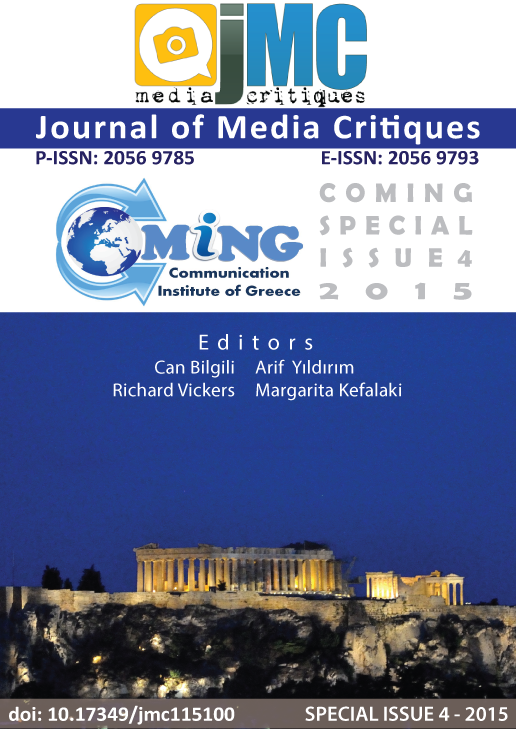INTRODUCING THE SITUATIONAL Q-SORT TO CRISIS PRACTICE AND RESEARCH: EXPLORING BEST PRACTICES AND IMPLICATIONS
INTRODUCING THE SITUATIONAL Q-SORT TO CRISIS PRACTICE AND RESEARCH: EXPLORING BEST PRACTICES AND IMPLICATIONS
Author(s): Karen J. Freberg, Kristin C. Saling, Laura A. FrebergSubject(s): Media studies, Communication studies, Theory of Communication, Methodology and research technology, ICT Information and Communications Technologies
Published by: University of Lincoln and World Experience Campus Foundation
Summary/Abstract: Crisis communicators face many obstacles while engaging with impacted audiences during a crisis. Communicators must determine when, how, and where to disseminate effective crisis messages. Most research on crisis communication message strategies has involved experiments, content analysis of published media (traditional and social) through monitoring platforms, interviews, and questionnaires. However, the recently developed Riverside Situational Q-sort (RSQ; Funder et al., 2012; Sherman, Nave, & Funder, 2010) provides a novel method for quantifying subjective impressions of any situation. The RSQ as a methodology provides a window of opportunity for researchers as well as an effective tool for practitioners for determining what messages are most effective for a given situation. This paper provides an overview of the crisis communication methodologies already implemented, discussion related to preliminary results using the RSQ (Freberg, Saling, & Freberg, 2013), and best practices and implications for practitioners and researchers to note when implementing this method in their crisis message strategies.
Journal: Journal of Media Critiques
- Issue Year: 1/2015
- Issue No: 2
- Page Range: 35-49
- Page Count: 15
- Language: English

